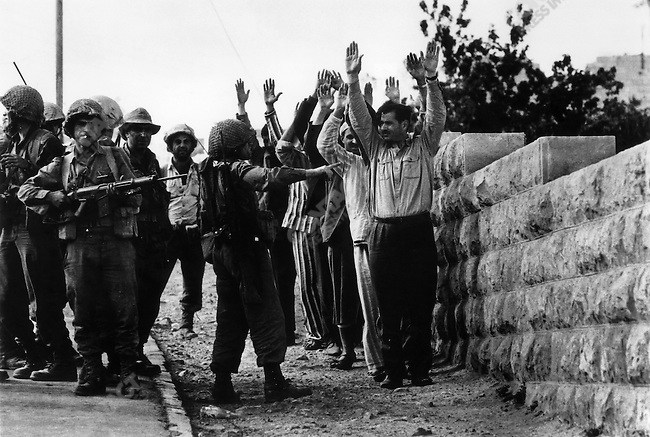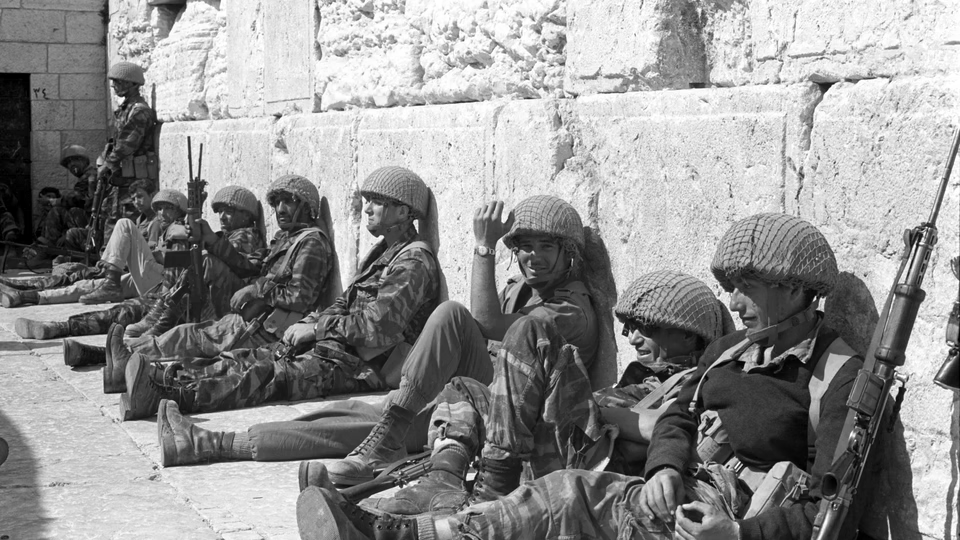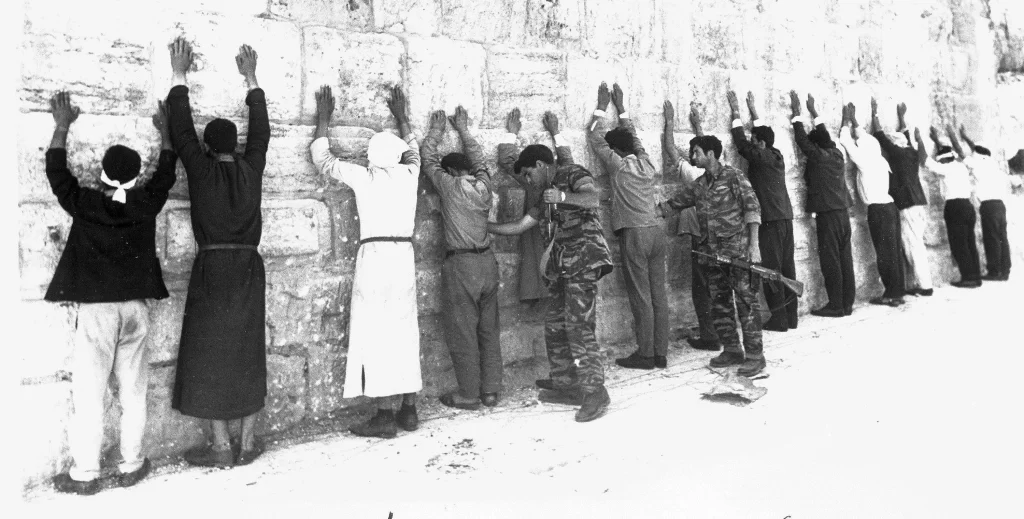


The Six-Day War, fought between June 5 and June 10, 1967, was a pivotal conflict in the Middle East involving Israel and the neighboring states of Egypt, Jordan, and Syria. The war dramatically altered the political landscape of the region and had far-reaching consequences that continue to influence geopolitics today.
The conflict of the Six Day War originated from long standing tensions between Israel and its neighbors. Specifically, the control Palestine had over the Suez Canal, which was a major water source for Israel, and territorial border conflicts (BBC). In the months leading up to the Six Day War, these tensions heightened. The trigger to the start of the war was a decision made by President Gamal Abdel Nasser of Egypt to block off Israel’s access to the Red Sea. In response, on June 5, 1967, Israel Defense Forces launched Operation Focus, a strike against Egypt’s air force, destroying 90% of their airforce (History). Although Egypt was left vulnerable after the attack, the Cairo Radio said, “The existence of Israel has continued too long. We welcome the Israeli aggression. We welcome the battle we have long awaited. The peak hour has come. The battle has come in which we shall destroy Israel” (Timeline). The Egyptian troops were put on alert and were stationed to attack Israel. This was the first major conflict between Israel and its Arab neighbors. Along with attacking Egypt, Israel also attacked Syria and Jordan. A second fight in the Six-Day War started on June 5. Jordan started shelling Israeli soldiers in Jerusalem, thinking Egypt had won the fight between them and Israel. Israel responded with a devastating counterattack on East Jerusalem and the West Bank. Ultimately, Israel was able to capture the Sinai Peninsula from Egypt. On June 7th, Israel took control over West Bank from Jordan, and on June 9th, Golan Heights from Syria. Israel’s victory reshaped the power dynamic in the middle east. At the end of the Six Day War, 200,000 Arabs and 800 Israelis were killed. After the defeat, Arab leaders signed a resolution promising, “no peace, no recognition, and no negotiation” with Israel (History).
The effect of the Six Day War was also very influential. Israel’s control over the Sinai Peninsula, the West Bank, and Golan Heights, led to conflict between Palestine and the Arab states. This shaped the present day conflict between those two powers.
The war also had significant political implications between the United States and the Soviet Union. With the United States supporting Israel and the Soviet Union supporting the Arab states, tensions were heightened even more. The war led to shifts in alliances and the emergence of new diplomatic dynamic (History).
Informational Video on how the Six-Day War changed the Map of the Middle East


1 Comment
The quote from the resolution- “no peace, no recognition, and no negotiation”- is so interesting and really gives insight into the current conflict.